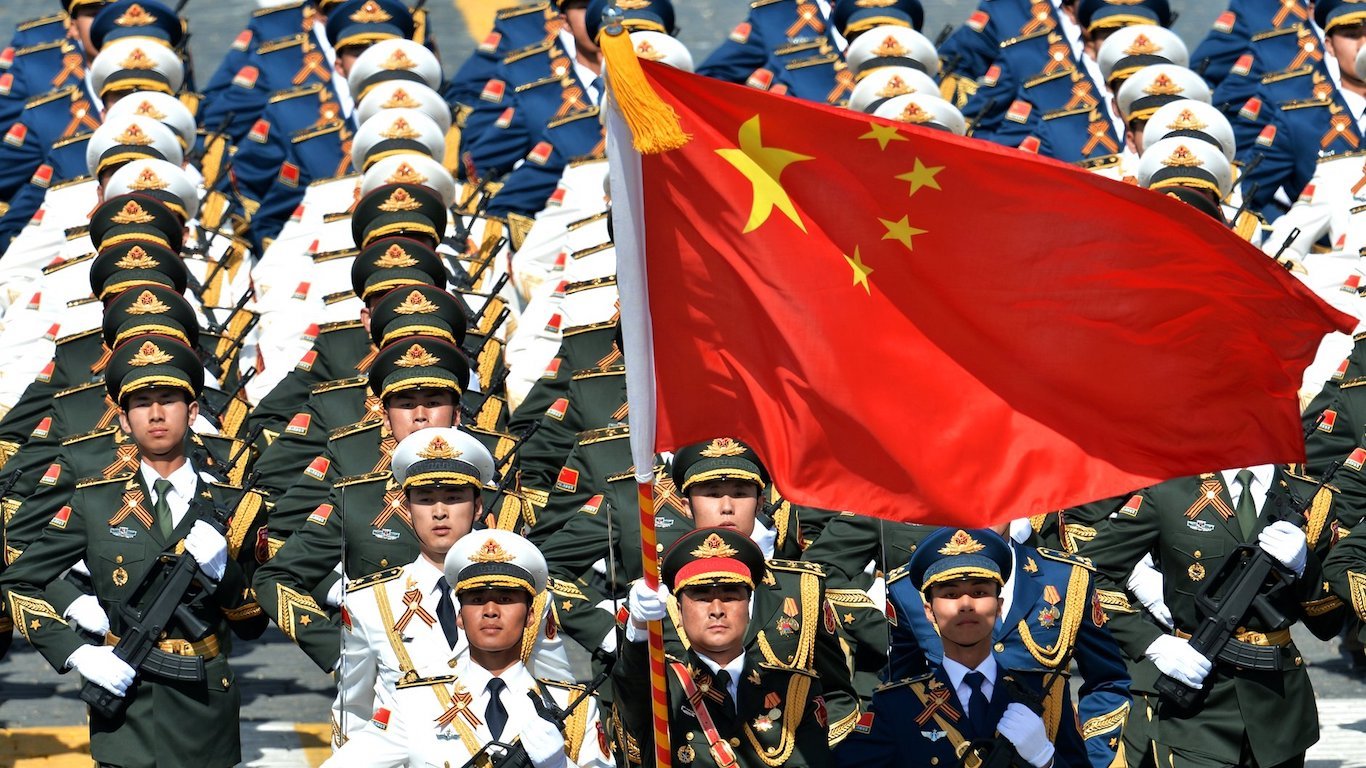

According to an exclusive report Tuesday morning from Reuters and U.S. News & World Report, Boeing Co. (NYSE: BA) is nearing a decision to launch a larger version of its 737 MAX family, the 737-10, following what the company believes is a technical solution to the problem of how to minimize the cost of lengthening the plane to accommodate more seats.
Boeing announced technical specifications for the 737-10 in early March with plans to launch the program before the end of this year and to meet a first delivery scheduled for 2020. Boeing claims the plane will carry the same number of passengers in a two-class configuration as the Airbus A321neo and will have more range. Airbus, of course, disputes the claim.
But the question for Boeing is whether to launch the single-aisle 737-10 program at the same time that it is considering a new “middle of the market” dual-aisle passenger jet, unofficially dubbed the 797.
The 737-10 and the A321neo would carry about 190 passengers (in a two-class configuration) with a range of around 3,000 to 3,300 nautical miles. An A321LR variant has a range of around 4,000 nautical miles.
The 797 would carry 220 to 270 passengers (in two versions of the plane) some 4,500 to 5,000 nautical miles. Airbus claims its A330 dual-aisle plane covers this part of the market.
Market reaction to a 737-10 has been lukewarm at best. Air Lease CEO John Plueger thinks the 2020 date for first deliveries is too late. He believes the plane must be delivered in 2019. Boeing estimates the total market of 1,000 for the new airplane.
If the reaction to the 737-10 has been tepid, the dual-aisle 797 makes up for it. Boeing has had little to say about this potential new airplane, but one thing the new plane would do is improve Boeing’s position in the market for dual-aisle planes, a market it dominated as recently as two years ago.
Boeing’s dilemma is how to build a dual-aisle plane for the price of a single-aisle plane. For the airlines, the larger plane needs to offer the range, comfort and capacity of a dual-aisle plane at the cost per seat of a single-aisle plane.
In the 1990s, Boeing solved the dilemma by offering the 757 single-aisle and the 767 dual-aisle planes. At the time, it had the dual-aisle market almost all to itself. Today, Boeing sees the 737-10 as a replacement for the 757 and the 797 as a replacement for the 767.
But does the market need both planes? Aerospace industry analyst Richard Aboulafia of the Teal Group is not convinced:
The problem, though, is that the market views Airbus’s A321neo as better able to replace the 757. And while Boeing could change course and make the 797 a new single-aisle jet, that would imply the 737 MAX would merely be an interim product. Orders would take a serious hit. Also, Boeing might find it difficult to differentiate a new large single-aisle from the A321neo, turning this segment into a low-profit commodity product battlefield.
The current market demand for larger single-aisle planes like the A321 and the 737-10 is about three times larger than mid-market demand for dual-aisle planes. That could be due to the fact that a true 767 replacement isn’t out there. The 797 may be it.
Take This Retirement Quiz To Get Matched With An Advisor Now (Sponsored)
Are you ready for retirement? Planning for retirement can be overwhelming, that’s why it could be a good idea to speak to a fiduciary financial advisor about your goals today.
Start by taking this retirement quiz right here from SmartAsset that will match you with up to 3 financial advisors that serve your area and beyond in 5 minutes. Smart Asset is now matching over 50,000 people a month.
Click here now to get started.
Thank you for reading! Have some feedback for us?
Contact the 24/7 Wall St. editorial team.
